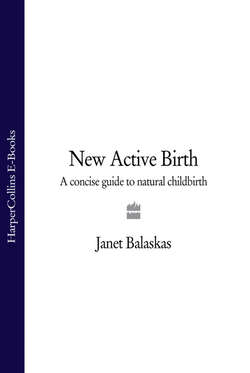Читать книгу New Active Birth: A Concise Guide to Natural Childbirth - Janet Balaskas - Страница 16
Ethnological Evidence
ОглавлениеPrimitive tribes have adopted various birth positions through the customs of their tribe but, more important, by their instinct. Some forty positions have been recorded, and their relative merits have been much disputed. Women of different tribes squat, kneel, stand, incline, sit or lie on the belly; so, too, do they vary their positions in various stages of labour and in difficult labours.
Dr G. J. Englemann, in his book Labour Among Primitive Peopleswritten in 1883, was one of the first to investigate the various positions assumed in labour or childbirth by early people, and he found that the four principal positions were squatting, kneeling (including the all fours and knee-chest positions), standing and semi-recumbent.
Ethnologists entirely confirm the evidence of the historians. Whatever the race or the tribe under observation – African, American, Asian and so on, the same upright positions always predominate with a great variety of means of support. Figures reveal that, for the most part, women throughout the world today still labour and deliver in some form of upright or crouching position, usually supported.
